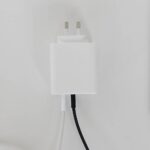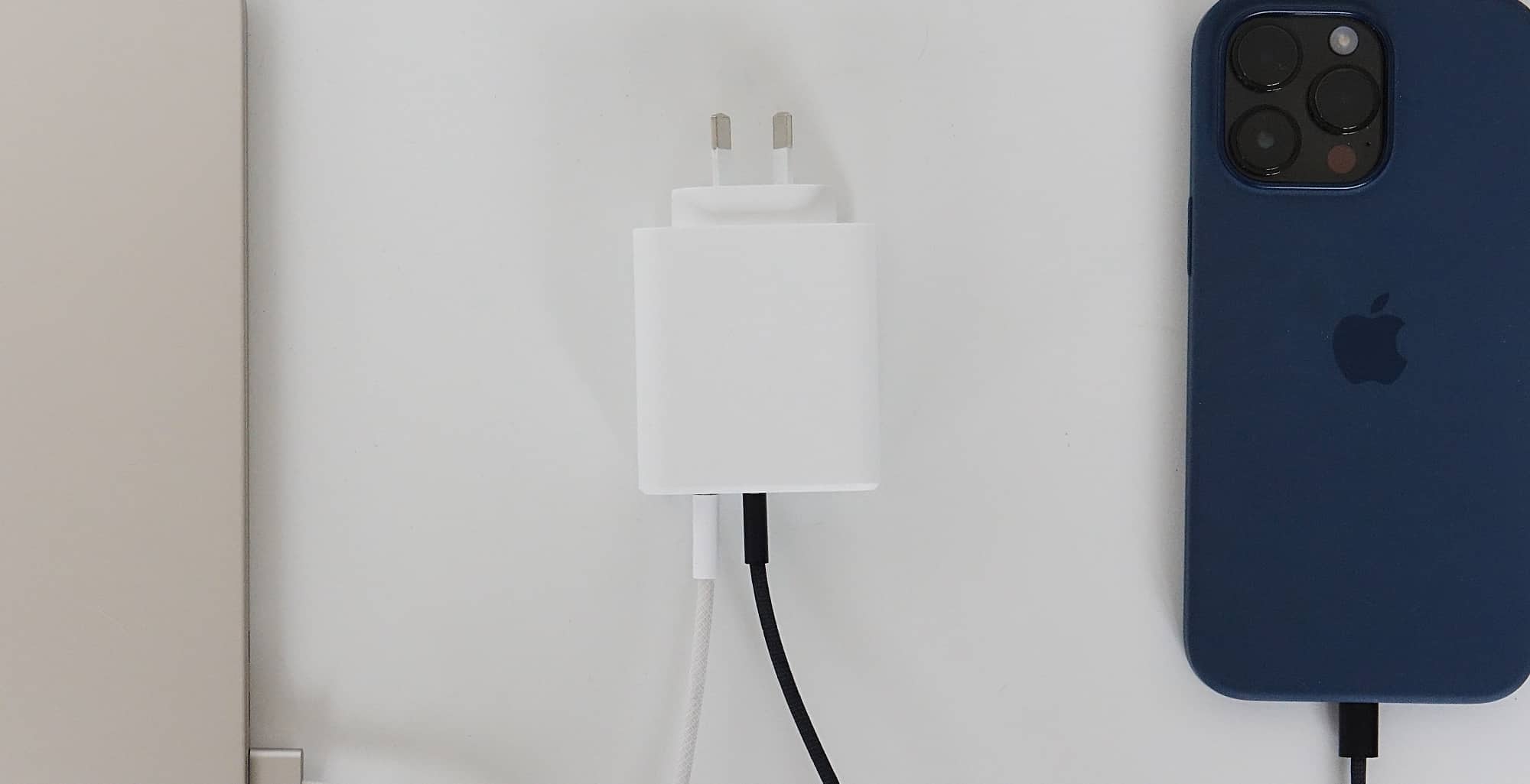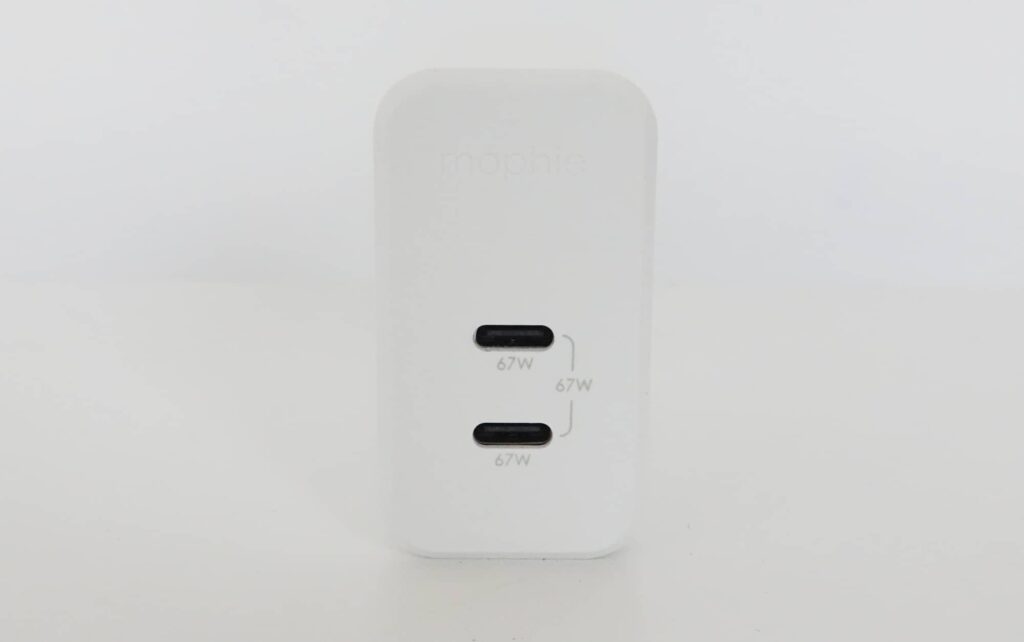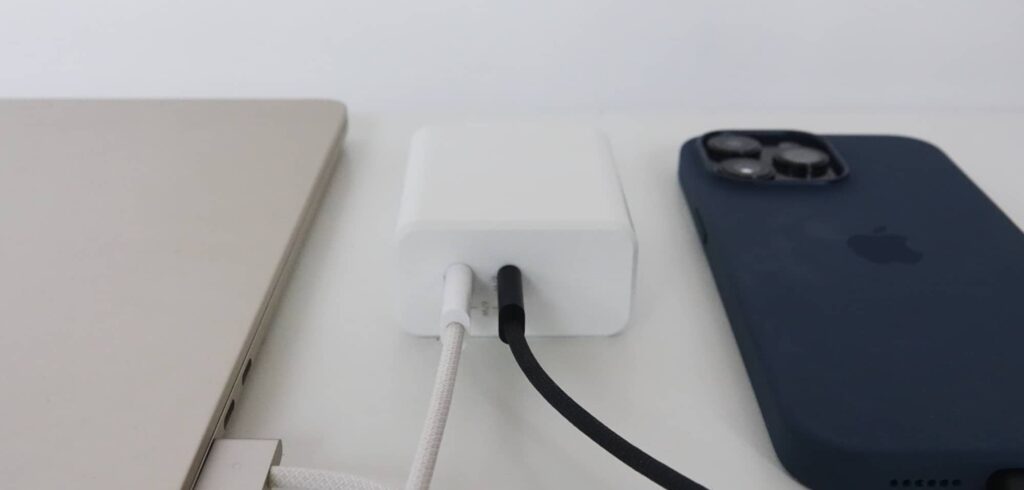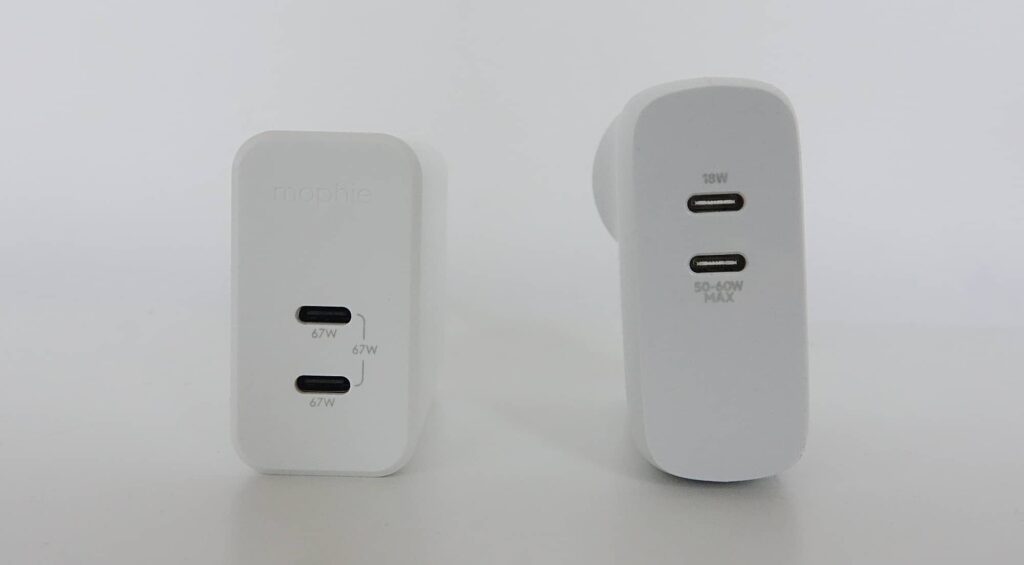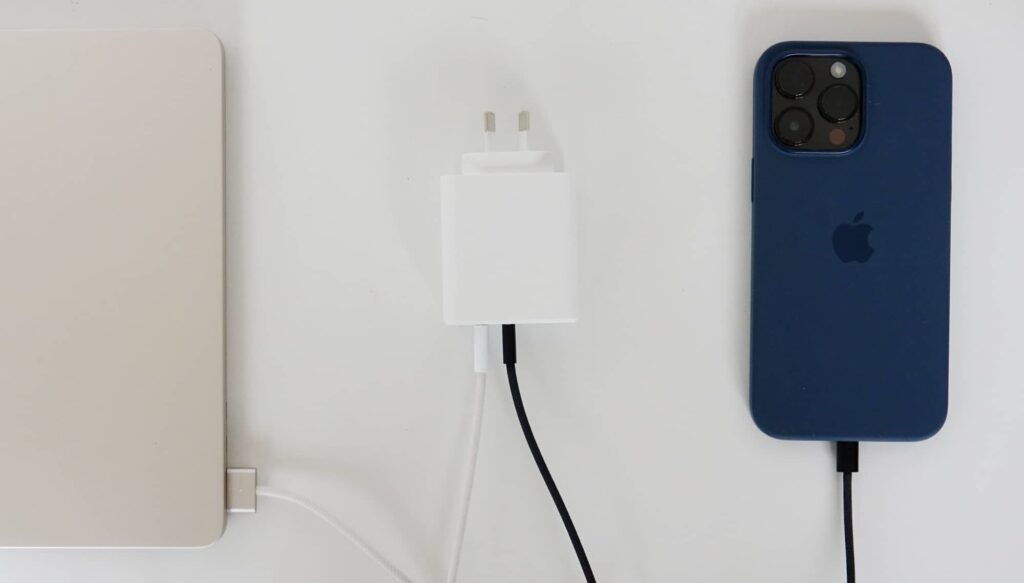Quick review
The good
The not-so-good
Not keen on bringing several chargers in your luggage? Mophie hears you, as it jumps into the world of Gallium Nitride with the two-port Speedport 67.
What is the Mophie Speedport 67?
Another of the compact charging blocks using Gallium Nitride, Mophie’s Speedport 67 takes the standard charging brick you might have seen from laptop accessories in the past few years and shrinks it, thanks to Gallium Nitride.
A sort-of replacement for silicon boards in some places, gallium nitride or “GaN” for short is being used instead of silicon in devices that need to deal with heat, primarily because it can deal with heat in smaller spaces better than silicon.
It’s still fairly new, though you can find it in the charging bricks Apple uses for its recent M2 MacBook Air and M1 MacBook Pro 16, as well as the obvious third-party charging accessories, like this one made.
We haven’t seen many in Australia since GaN was introduced in charging packs in 2020, but Mophie’s Speedport 67 follows the formula seen in at least one other: a small charging brick with two USB Type C ports able to charge two devices quickly in a more compact size than your computer charging pack can typically do.
What makes Mophie’s GaN charger different?
About the only different between Mophie’s charger and other GaN near-70 watt chargers is perhaps the way the ports are configured.
With the Speedport 67, you’ll find two USB Type C ports, but whereas other bricks set one for 18W max and another for 50 to 60W max — primarily separating between phone and laptop respectively — Mophie just lets you use the full 67W regardless of which one you plug in on.
You won’t get 67W from both at the same time — each port runs at a maximum of 67W by themselves — but if you plug in two devices that can use more than 18W, you might see it push higher if the other device doesn’t need as much charge.
That might be more useful, and also makes it handy for trips: you don’t need to fiddle around to find the more capable port in the dark, because each port delivers roughly the same wattage each time. It’s a minor convenience issue between not looking at the charging brick and plugging your cable in blindly versus, you know, opening your eyes, but it’s something different all the same.
It’ll speed charge a recent phone, given it can do much more than 5W, and so many phones go beyond that original requirement, while laptops can take advantage of the power inside, as well. The M2 MacBook Air will typically make work of a 30W, as does the slightly older but still available M1 Air, while both the MacBook Pro 13 and 14 craves a 67W charger, which will deliver the wattage on one port here. In contrast, the MacBook Pro 16 needs a minimum of 96W, and so may not like this plug as much, though Mophie does offer a 120W version.
This isn’t just limited to charging Apple laptops, mind you, they’re just the ones we had on hand. If you have a PC laptop with a Type C charger, check the plug pack: if it has a number under 67 watts, chances are the Speedport 67 will handle your laptop no sweat.
What does it need?
Strangely, the one thing we wanted Belkin’s equivalent to come with is also missing in action in the Mophie Speedport: a USB Type C cable.
You’ll find the charging block and two charge ports, but you’ll need to bring your own cable, which is a small pain point, given it would have been handy to have both in there ready for you to use in a pinch.
The other factor is you can’t remove the Australian plugs or shift them into another angle (like flat in the US), which means this is solely an Aussie or NZ focused charge plug, and we suspect the US one would be specifically US and Canada, as well. With flights coming back for so many, supporting interchangeable plug styles would sure be nice, but sadly you’ll still need the converter here.
Is it worth your money?
The other problem is the price, because at $109.95 in Australia, the Mophie Speedport 67 is actually a little on the expensive side.
Compared against the obvious contender from Belkin, Mophie’s option is around $20 higher for what is essentially identical technology. Neither comes with a Type C cable, and the only major difference is that shift in port choice.
It’s a little bit smaller, but we’re not sure if that warrants a $20 increase in cost, and feel Belkin’s Boost Charge GaN is likely a better value, though if these were the same price, Mophie would win the comparison.
Yay or nay?
The second of the GaN chargers to hit our review desk is very similar to the first, but a little more expensive. Priced at $20 more, the Mophie Speedport 67 is yet another great charging choice, but one that also costs a little more.
The Speedport 67 will likely be less exy than the official charging bricks from brands, and that makes it worth considering, especially given you’ll get a smaller take you can simply throw in your bag. Consider this the work-day charging brick you can rely on for those days you still have to travel in for. It’s GaN to go, and good for the phone and laptop in your day-to-day.
